|
 Lettres Lettres
|  Fecamp 1928 Fecamp 1928
|
 Historical website in French and English Historical website in French and English
EF8IC, Radio Fécamp & Radio Normandie
Depuis Fécamp : du mardi 1er janvier 1924 au lundi 12 décembre 1938
From Fécamp: from Tuesday, January 1, 1924 to Monday, December 12, 1938
|
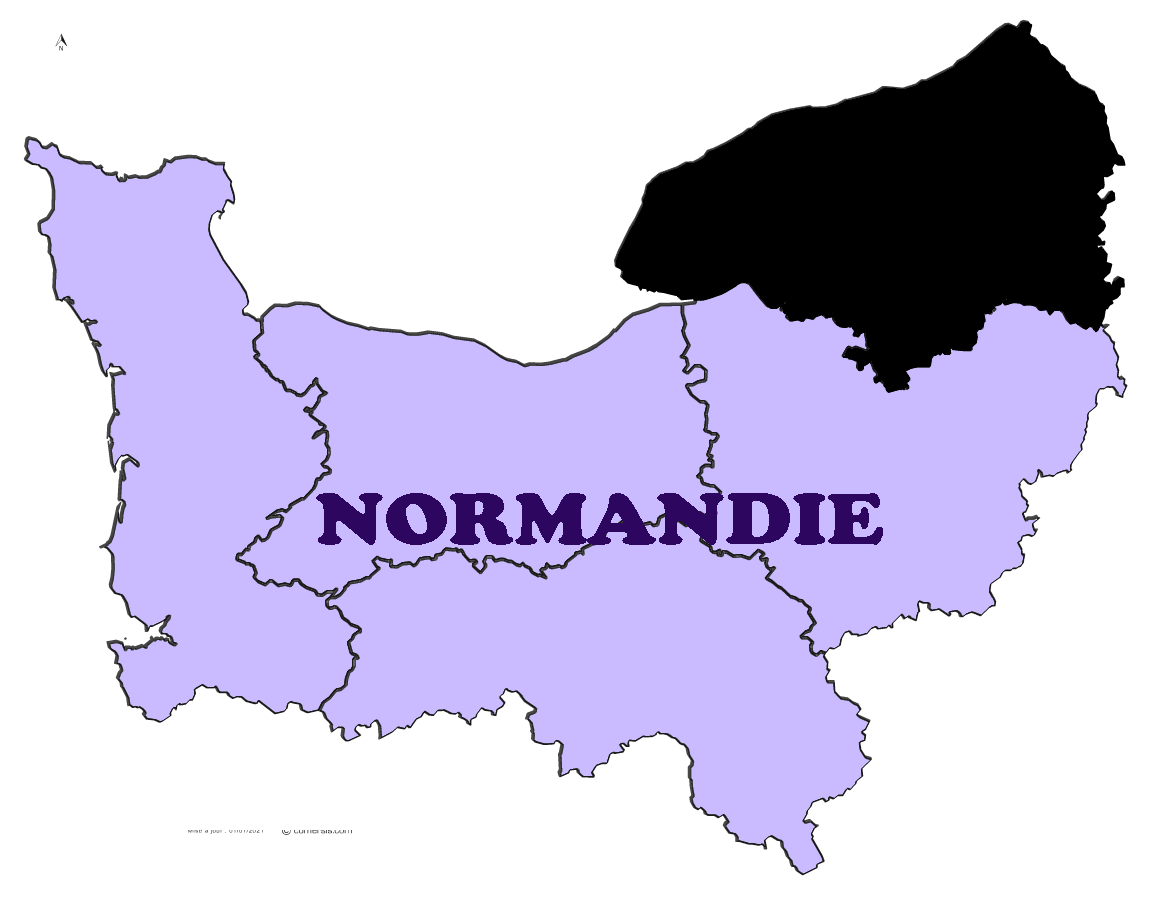 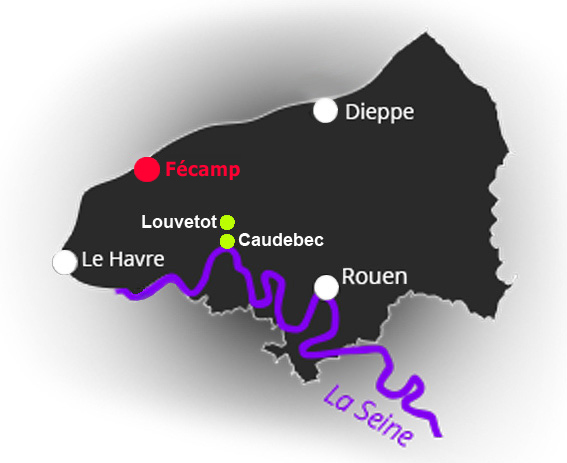
Seine-Maritime
anct "Seine-Inférieure"
|
|
| |
FécamP ou “le paradis oublié de la Radio”
“The forgotten paradise of the Radio”
"Un pays qui oublie son passé n'a pas d'avenir" (Winston Churchill)
Plus rien à Fécamp ne rappelle le passé glorieux de RADIO NORMANDIE. Aucune référence à cette grande station de radio n'apparaît non plus sur les sites Internet municipaux dédiés au tourisme et au patrimoine local. Pourtant le nom de "Fécamp" a résonné il y a 90 ans en Europe, aux États-Unis, au Japon, partout dans le monde. Pour des milliers d'auditeurs, de 1926 à 1939, Fécamp égalait sur les cadrans des récepteurs, les noms prestigieux de Daventry, Droitwich, Hilversum, Luxembourg, Sottens, Toulouse, Vienne... | Nothing in Fécamp recalls the glorious past of RADIO NORMANDIE. No reference to this great radio station appears on municipal websites dedicated to tourism and local heritage. However, the name "Fécamp" resonated 90 years ago in Europe, the United States, Japan, and all over the world. For thousands of listeners, from 1926 to 1939, Fécamp equaled on the dials of receivers the prestigious names of Daventry, Droitwich, Hilversum, Luxembourg, Sottens, Toulouse, Vienna... |
|
| |
PLAN DE SITUATION DES STUDIOS ET DE l'éMETTEUR à FéCAMP
LOCATION PLAN OF THE STUDIOS AND THE TRANSMITTER IN FéCAMP
Vers la plage / To the seaside |
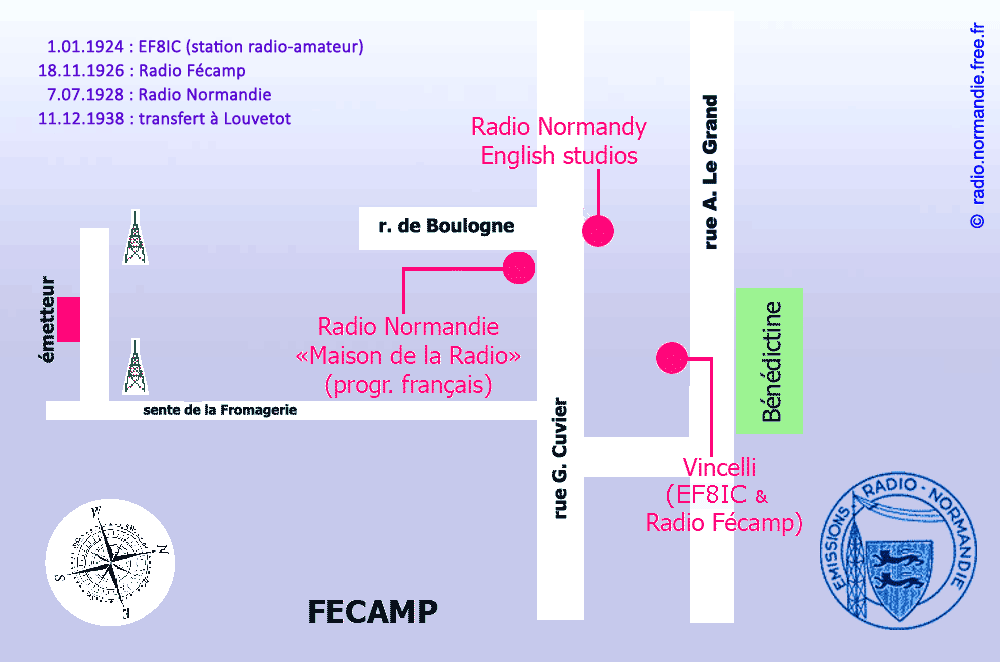
|
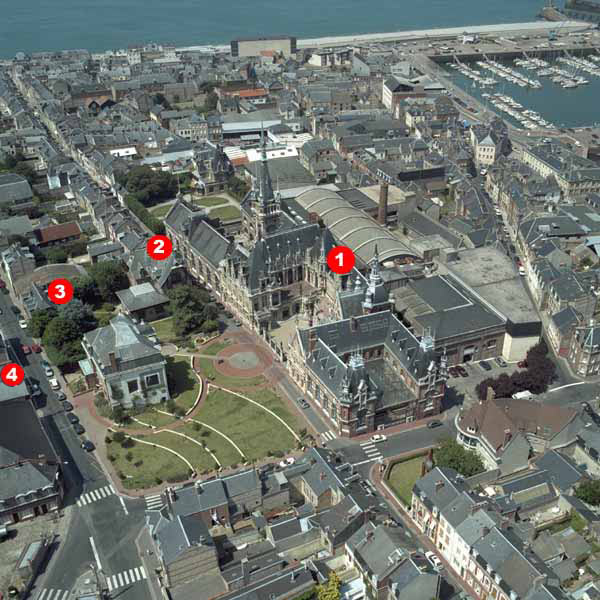
|
1 - Le Palais de la Bénédictine et la fabrique
/
The Benedictine Palace and the factory
2 - Vincelli-la-Grandière : rue Alexandre Le Grand, lieu du Radio Club de Fécamp EF8IC - (1924-1926) puis Radio Fécamp (1926-1928)
3 - Les studios anglais
/ English studios
- rue Georges Cuvier (du 29.06.1931 au 12.12.1938)
4 - Les studios français
/ French studios
- à l'angle de la rue
Georges Cuvier et de la rue de Boulogne (du 22.09.1934 au 12.12.1938)
également utilisés par Radio International Fecamp
fin 09.1939 au 3.01.1940

|

|
Vue aérienne de Fécamp et de son port
Devant le Palais de la Bénédictine (1) on aperçoit la Villa Vincelli appelée autrefois "Vincelli-la-Grandière" (2), le point de départ de toute l'aventure, la résidence de M. Fernand Le Grand où se déroulèrent les premières émissions expérimentales de Radio Fécamp le 18.11.1926.
Grâce à la distillerie célèbre dont Monsieur Le Grand était le directeur, grâce également à son hobby, la TSF (la "téléphonie sans fil") le nom de Fécamp a résonné partout dans le monde.
Devenue Radio Normandie, la station prend de la notoriété et investit le quartier de la rue Georges Cuvier. Les émissions en anglais apparaissent le 11.10.1931, depuis le grenier (3).
A partir du 22.09.1934, les émissions françaises proviennent de la "Maison de la Radio" située en face, à l'encoignure de la rue Georges Cuvier et de la rue de Boulogne (4) |
View of Fecamp and its port
In front of the Benedictine Palace (1) you can see the Villa Vincelli, formerly called "Vincelli-la-Grandière" (2), the starting point of the whole adventure, the residence of Mr Fernand Le Grand where the first experimental broadcasts of Radio Fecamp took place on 18.11.1926.
Thanks to the famous distillery that Mr Le Grand owned, thanks also to his hobby, the "wireless telephony", the name of Fecamp resonated 90 years ago in Europe, the United States, Japan, all over the world.
Having become Radio Normandie, the station gained notoriety and invested in the district of rue Georges Cuvier. The English broadcasts appeared on 11.10.1931, from the attic (3).
From 22.09.1934, the French broadcasts came from the "Maison de la Radio" located opposite, at the corner of rue Georges Cuvier and rue de Boulogne (4) |
|
1924
Les débuts à FéCAMP
- The beginnings IN FéCAMP
(photos & documents)
Accès par années :
1924 à 1927 - 1928 - 1929 - 1930 - 1931 - 1932 - 1933 - 1934 - 1935 - 1936 - 1937 - 1938
1924 à 1927
|
D'abord le poste amateur EF8IC (du 1er janvier 1924 au 18 novembre 1926)
First the EF8IC amateur station (from 1st January 1924 to 18 November 1926)
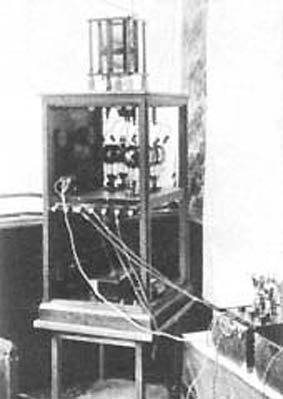

Le poste amateur EF8IC
dans sa version définitive
avec les étages "basse fréquence" (phonie) à droite
C'est le 1er janvier 1924 que fut fondé le Radio-Club de Fécamp. A sa création, le Club se propose de réunir les amateurs sans-filistes, de les tenir au courant des derniers perfectionnements et de procéder à des achats ou échanges entre ses membres. Le comité est ainsi constitué : Fernand Le Grand, président ; René Legros, vice-président ; Emile Durand, trsorier ; P. Borocco, secrétaire ; G. Pollet, secrétaire-adjoint. Fernand Le Grand est nommé président de la Société comme étant l'un des plus anciens amateurs de la région. L'administration des PTT lui fixe l'indicatif 8 IC. Aidé de quelques amis dévoués, il se met à l'ouvrage pour construire un poste émetteur. (Le Journal de Fécamp 12/1928)
En 1926, le premier émetteur EF8IC est installé dans un salon de Vincelli-la-Grandière. Il fonctionne l'hiver avec quelques watts en téléphonie et en télégraphie. Il est entendu partout en Europe et jusqu'en Amérique
The Radio Club of Fécamp was founded on January 1, 1924. When it was created, the Club aimed to bring together wireless amateurs, to keep them informed of the latest improvements and to make purchases or exchanges between its members. The committee was thus constituted: Fernand Le Grand, president; René Legros, vice-president; Emile Durand, treasurer; P. Borocco, secretary; G. Pollet, assistant secretary. Fernand Le Grand was appointed president of the Society as one of the oldest amateurs in the region. The PTT administration gave him the call sign 8 IC. With the help of a few devoted friends, he set to work building a transmitter. (Le Journal de Fécamp 12/1928)
In 1926, the first EF8IC transmitter was installed in a living room in Vincelli-la-Grandière. It operated in winter with a few watts for telephony and telegraphy. It is heard all over Europe and as far as America |
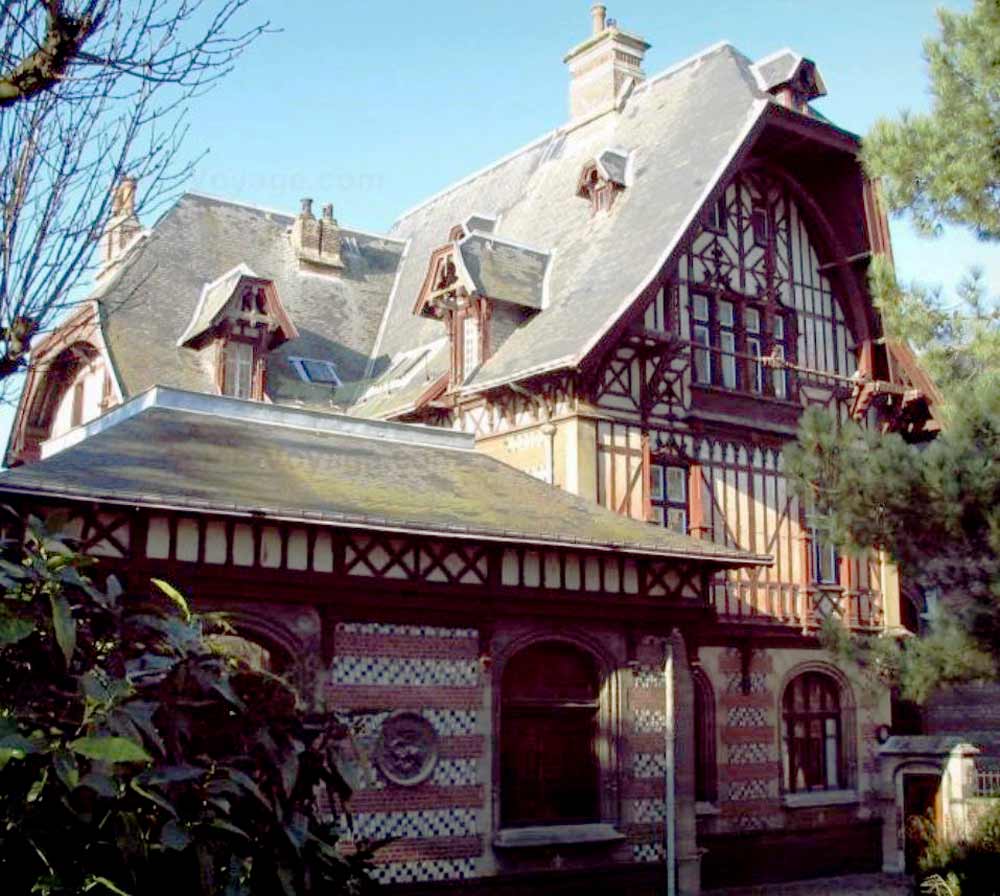
La villa "Vincelli-la-Grandière" à Fécamp, lieu des premières émissions de EF8IC
The villa "Vincelli-la-Grandière" in Fécamp, location of the first broadcasts of EF8IC
|
Les premiers "radio-amateurs" EN FRANCE :
|

>
|
Le poste émetteur EF8IC est dûment répertorié dans la liste des stations radio-amateurs (Radio Magazine - 12.05.1929)
EF8IC is duly listed as an amateur radio station.
|
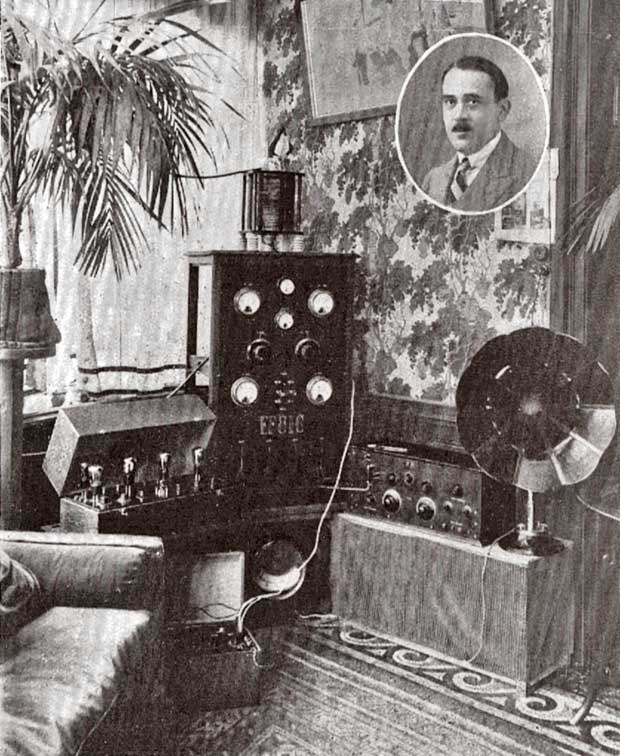
Le poste particulier EF8IC émetteur et récepteur en 1925 qui permit les premières émissions de Radio Fécamp.
Dans le médaillon, Fernand Le Grand, créateur de la station et Président de la Fédération des Radio-Clubs de Normandie
The private EF8IC transmitter and receiver in 1925 which allowed the first emissions of Radio Fécamp.
In the medallion, Fernand Le Grand, creator of the station and President of the Federation of Radio-Clubs of Normandy
|
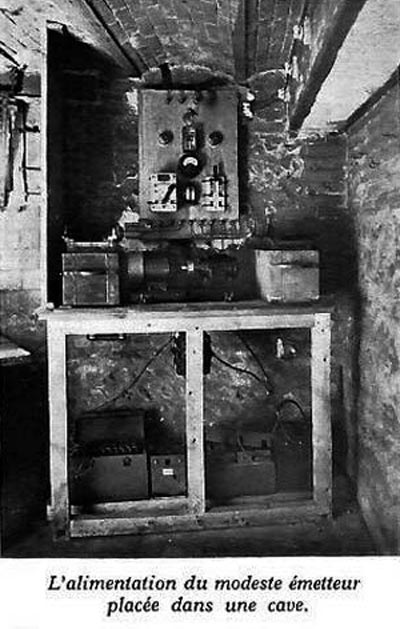
The power supply of the modest transmitter is placed in the cellar of Vincelli-la-Grandière
|

EF8IC devient "Radio Fécamp" le 18 novembre 1926
18 novembre 1926 : abandon du statut de poste particulier et premières émissions de "Radio Fecamp" avec 50 watts.
EF8IC became “Radio Fécamp” on November 18, 1926
November 18, 1926: abandonment of the status of special station and first broadcasts of "Radio Fecamp" with 50 watts.
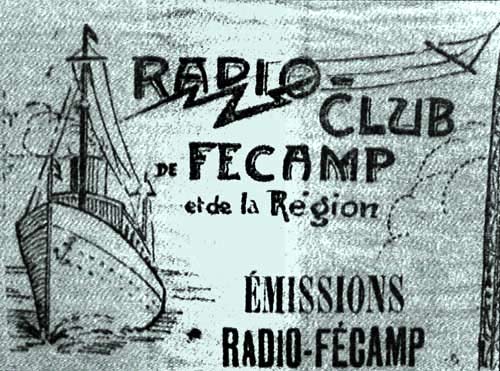
|
| |
|